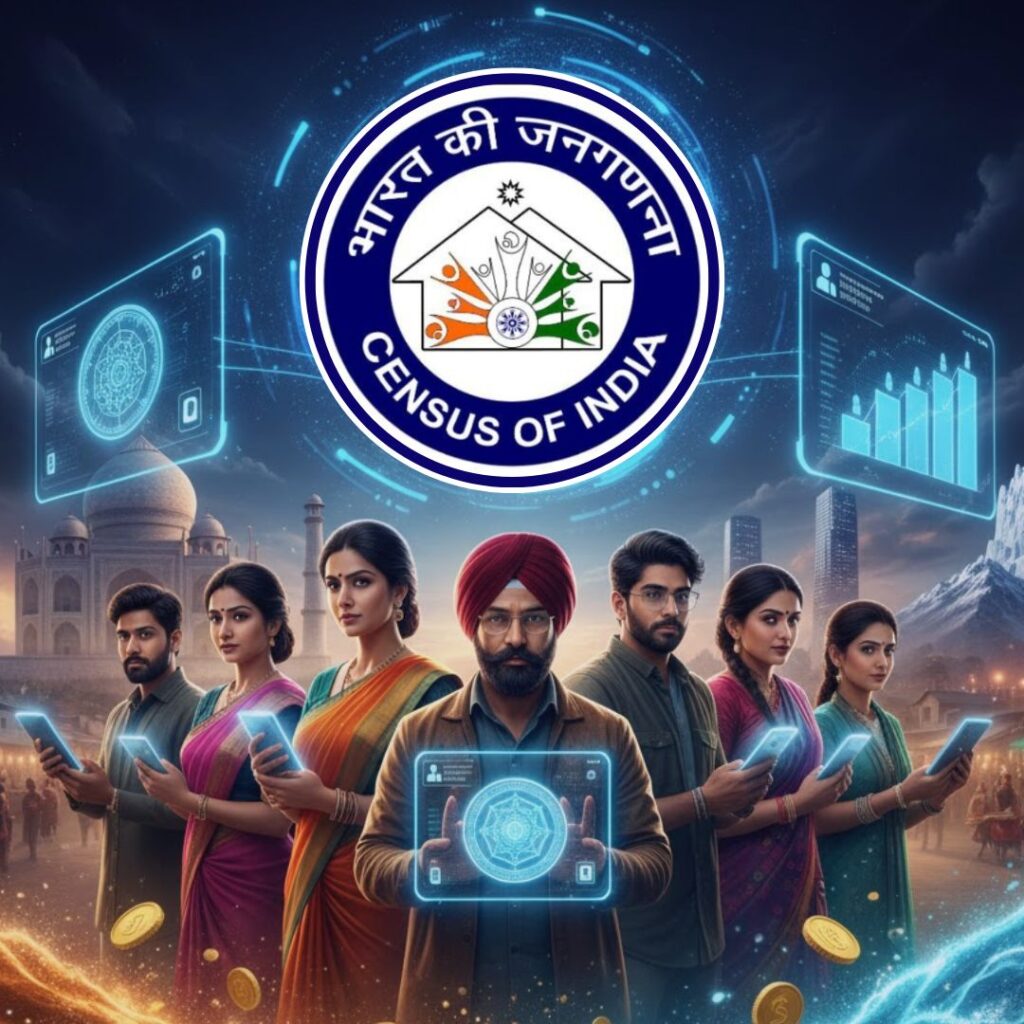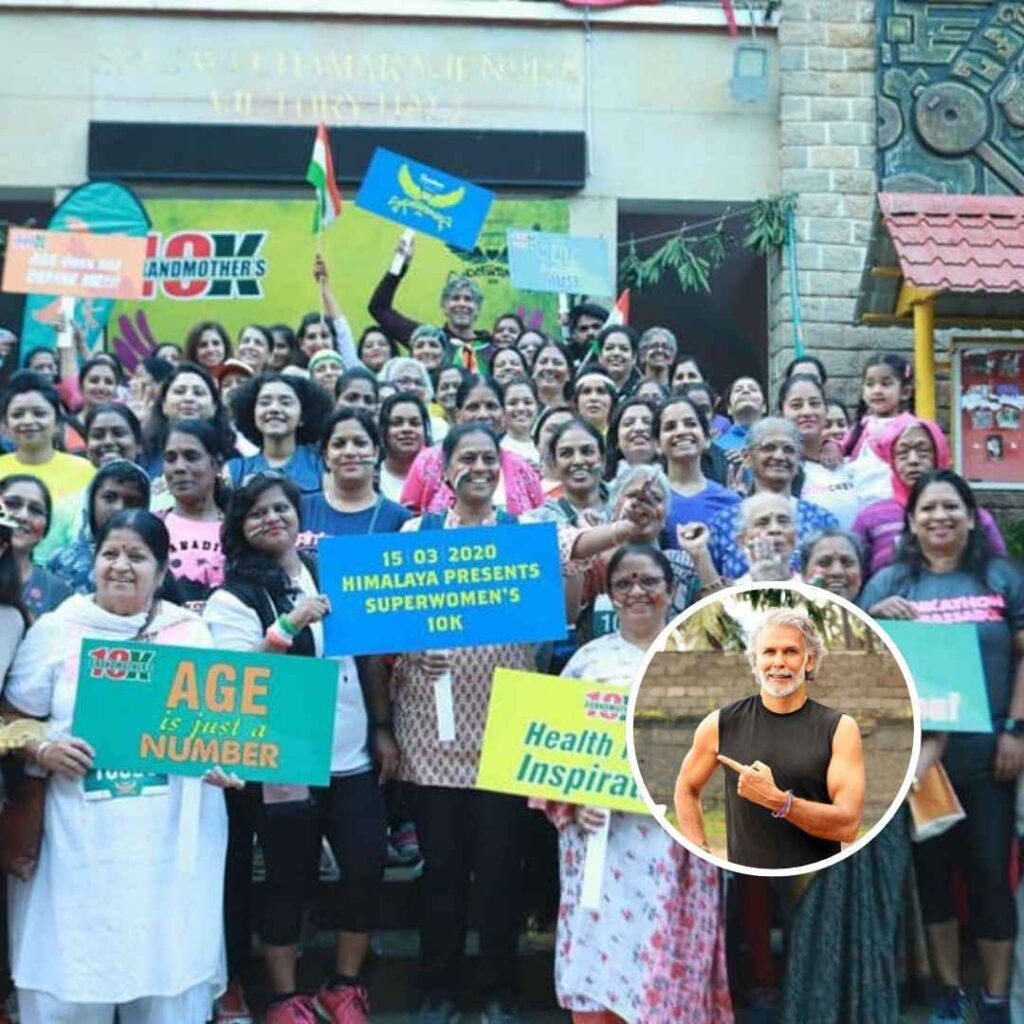The sound of hundreds of sewing machines has now replaced the cacophony of agitations over the Citizenship Amendment Act 2019 that rent the air in the states of the north eastern states of India just a few months earlier as the people churn out homemade facemasks to protect themselves and their neighbors.
People are now scrambling to equip themselves against the deadly contagion of coronavirus pandemic by taking to DIY (do it yourself) projects to make Personal Protection Equipment (PPE) across the region. Remoteness and ignorance has left majority of the population including doctors and health workers in the region without any protective gear against the deadly COVID-19 after the country went into a sudden lockdown on March 22, 2020 sending the supply chains haywire.
People of this region, however, have been used to staying under curfew for months due to the agitations and conflicts that have wracked these frontier states for decades. They have learnt how to tackle shortage and scarcity of basic essentials.
While other regions of the country are helplessly running short of PPE and hand sanitizers, two of the crucial equipment required in the fight to tackle the virus, and manufacturers have failed to meet the demands. People in the northeast, often accused of always being on the dole, are now showing their mettle by rolling up their sleeves, using their talents and making these PPE themselves. Some are volunteers while others also see it as an opportunity to support their livelihood.
From the steep hilltop towns of Mizoram in the southernmost tip of North East India to the sparsely populated hills of Arunahcal Pradesh in the north, from the cloud mountains of Meghalaya to the perpetually perturbed state of Nagaland, the people of the small tribes and communities in these states have dropped everything else to jump into the efforts to save lives by making their own facemasks, face shields, hand sanitizers, full protective gowns and other protective gear for vulnerable frontline health, sanitation and police workers in the fight against the pandemic.
Thousands of health workers including doctors, Police, ASHA, sanitation workers, those working to delivering essential items, truckers, etc, who are at the forefront of the battle against COVID-19 are forced to go on duty without PPE, not to speak of the need of ordinary folk for face-masks, which, of late, has now been made compulsory by a notification from the Government of India.
Before April 4, the country’s health authorities discouraged healthy people from wearing the face masks but this seems to have changed. A Government of India notification mandates that everyone should wear face masks as a precautionary measure to safeguard against the virus. Over and above that, it has shared the World Health Organisation’s ‘do it yourself’ manual on how to make masks asking everyone to either make one or get one.
But much before the advisory by the Government, the people in various corners of the region were already stitching their own masks and sharing it with others. The latest to pitch in was a 95 year old woman, Nghakliani of Mizoram, a tailor by profession, who started stitching masks and gave them for free to nurses and others in need.She also contributed her monthly pension of about Rs 14,000 to the chief minister’s relief fund of her state.
Remote and out of the way it may be from the metros of the country by geographical standards, but Changlang District of Arunachal Pradesh has turned out to be a front runner in the race to adhere to the safety protocols against COVID-19. Women in Changlang have already organized themselves to stitch face masks. Hundreds of them belonging to Self Help Groups are stitching masks and sharing them at a nominal cost.
The Federation of Self Help Groups initiated under the umbrella of the ongoing North Eastern Regional Community Resource Management Project (NERCORMP) with their local non-government organization partners, have produced hundreds of masks for people who are in panic because they cannot get it in the market due to lack of supplies from outside. Even if there are some masks these are the high end varieties which are expensive and unaffordable for common folk.
Nanju Simai Tikhak , the young Business Development Officer of NERCORMP in Changlang District said that it all started earlier this month with an experimental mask made by the master trainer of the Nightingale Self Help Group, Pisiliu Singpho who stitched one for herself.
She said that Ms Singppho, who is also a leader of their local partner NGO, Bordumsa Mahila Mandal, wanted a mask but could not find one in the market. She decided to stitch one for herself using the instructions published in the WHO manual. She used cotton to make the three layered reusable mask and went to work wearing it.
When others saw it, they wanted one and this set off the SHG on a mask stitching spree because of the high demand….












